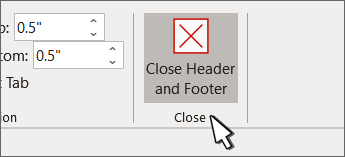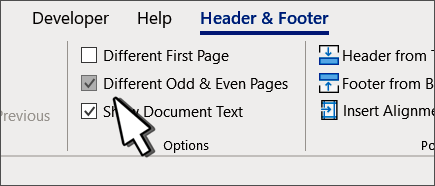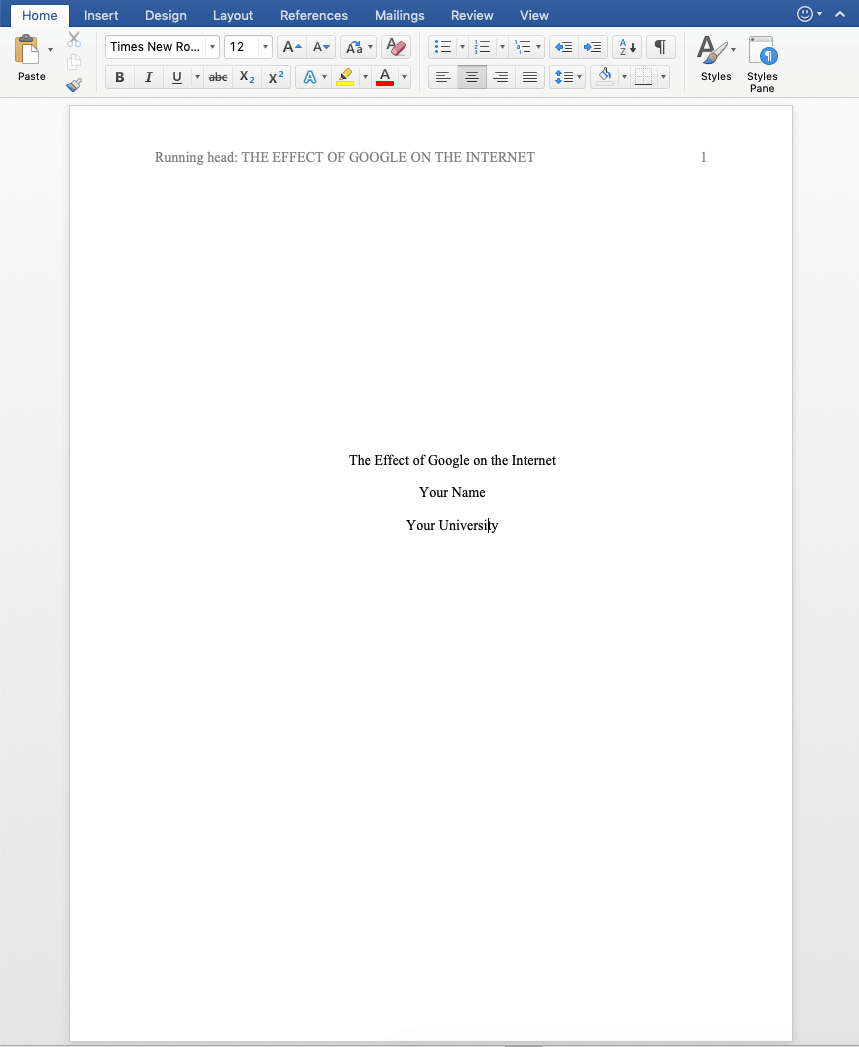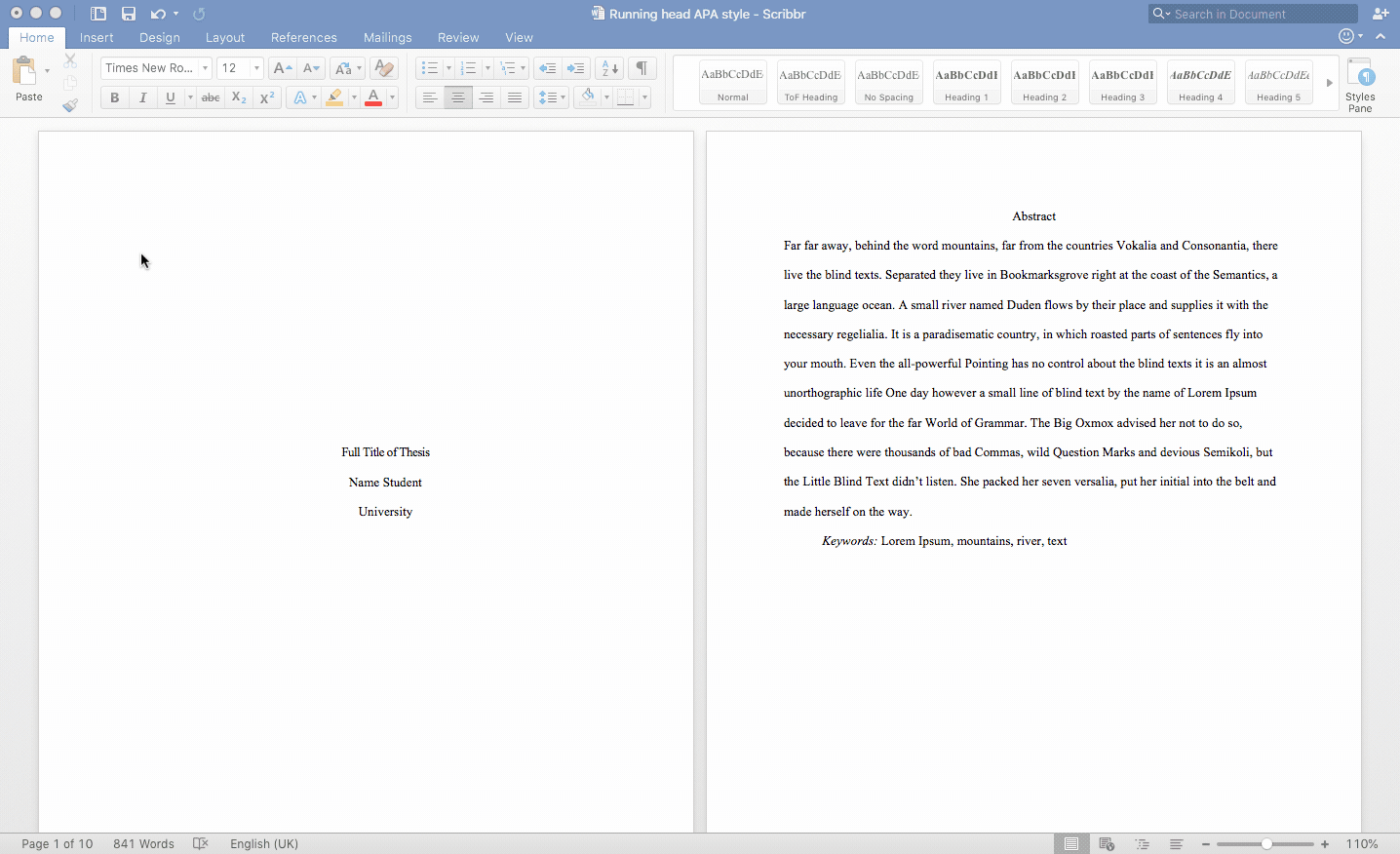

To see some of these in action, take a look at these examples (click the images to get an enlarged view): Novels, for instance, usually have the book’s title and author incorporated in the running heads unless there’s a very complex narrative that requires further navigational aids.įor standard layouts in the majority of nonfiction titles any of these combinations can be used: There are many ways to use running heads, depending on the type of book and the organization of the material within it. In all cases, running heads act as guideposts for the reader, and the reader’s ability to orient herself to part, chapter, page and topic is what’s so important about using running heads. On the other hand, if the notes are organized by chapter, use the chapter titles in the running heads. If notes are organized by page number, then the relevant page numbers should be cited in the running heads. In Notes sections, use the same method you used in the text with running heads. Likewise, if the book has more than one Index, use the Index name in the running heads of that Index. For instance, in a book with several Appendices, use the Appendix number as the left-hand running head and the Appendix title on the right-hand. Running heads in the back matter, however, are quite the opposite. Ordinarily, running heads in front matter use identical copy for both right- and left-hand pages. Like all other parts of the book, any particular element that is longer than one page should have running heads if they are used in the main body of the text. If an entire section or run of pages contains only illustrations, running heads can be used to help orient the reader. On the other hand, if there is any text at all, even one line, then running heads should appear on the page. Running heads are also omitted on pages that have only an illustration or a table on them. They aren’t used on “matter” opening pages, like the first page of the Preface or the first page of the Table of Contents. Running heads are never used on display pages such as the title, half title, chapter- and part-opening pages. When they are placed at the bottom of the page, they are called running feet. They can be eliminated if they serve no particular purpose. Running heads are often omitted in novels, unless they are used specifically as a design element. If subheads are used as running heads, use the last subhead on the page as the running head if the page is a right-hand page, and use the first subhead on the page if the page is a left-hand page. Some pages will have more than one subhead on them. In some cases, running heads reflect the content of specific pages by using subheads or another editorial scheme as copy. In books with long chapter titles, it’s common to shorten the title to fit on one line along with a page number. Any material that takes up more than one page should have a running head. Running heads play an important role in orienting the reader within the book.


Running heads create a finished look to book pages, but they do more than that, too.

If you take the running heads off of your book pages, the pages are likely to look quite bare, like they went out and forgot to put their clothes on. On these pages you’re able to allude to the design of the book cover, to use decorative elements or fancy typefaces and generally to create pages that give the reader a visual break from the more staid text pages that make up the bulk of your book.īut the most common element on those text pages, and the one that you have a lot of leeway with in creating an attractive and readable design, is the text notations usually found at the top of each page. The biggest element in the architectural design of your book pages is probably the chapter opening pages. When you ask yourself what makes a book look like a book, try to picture a page detailing the architecture that’s built into the design of books.


 0 kommentar(er)
0 kommentar(er)
